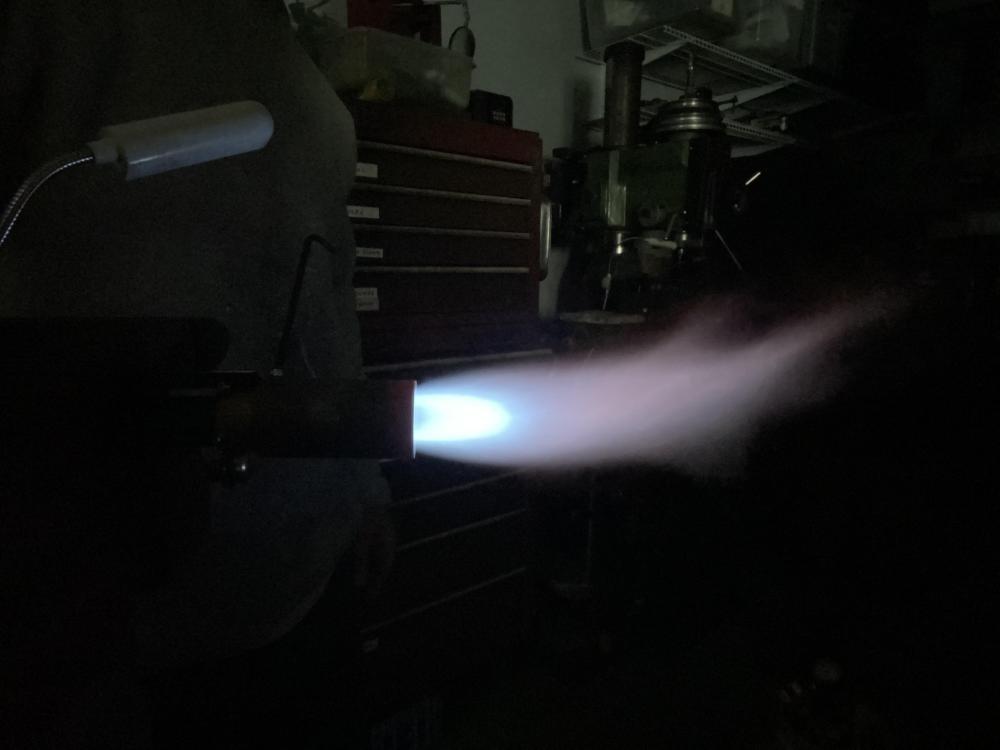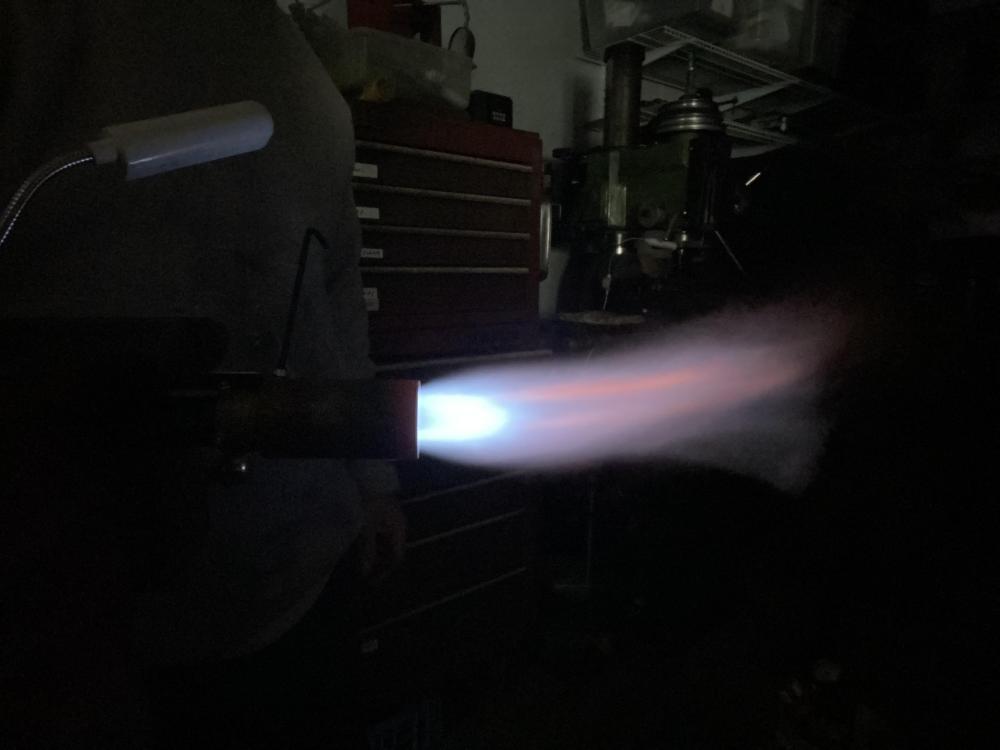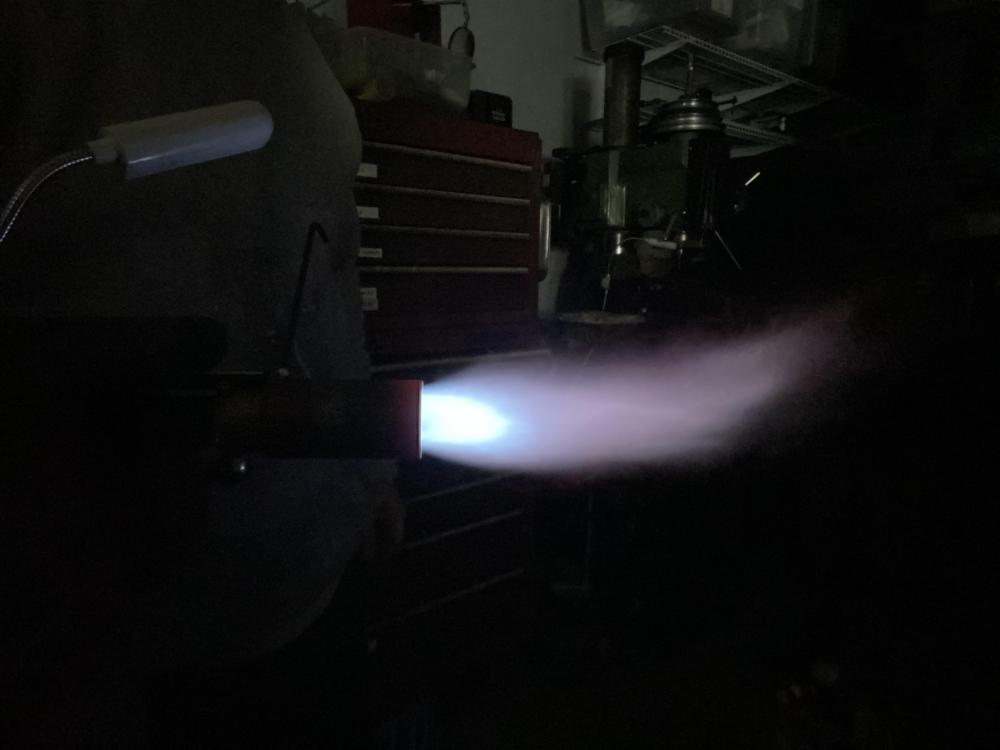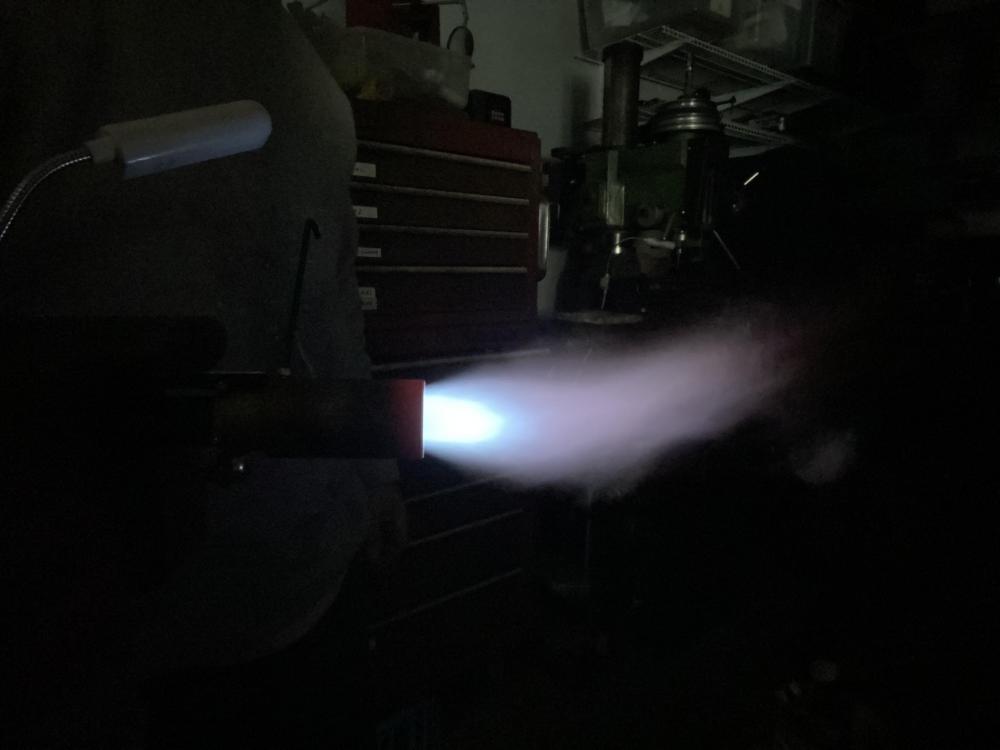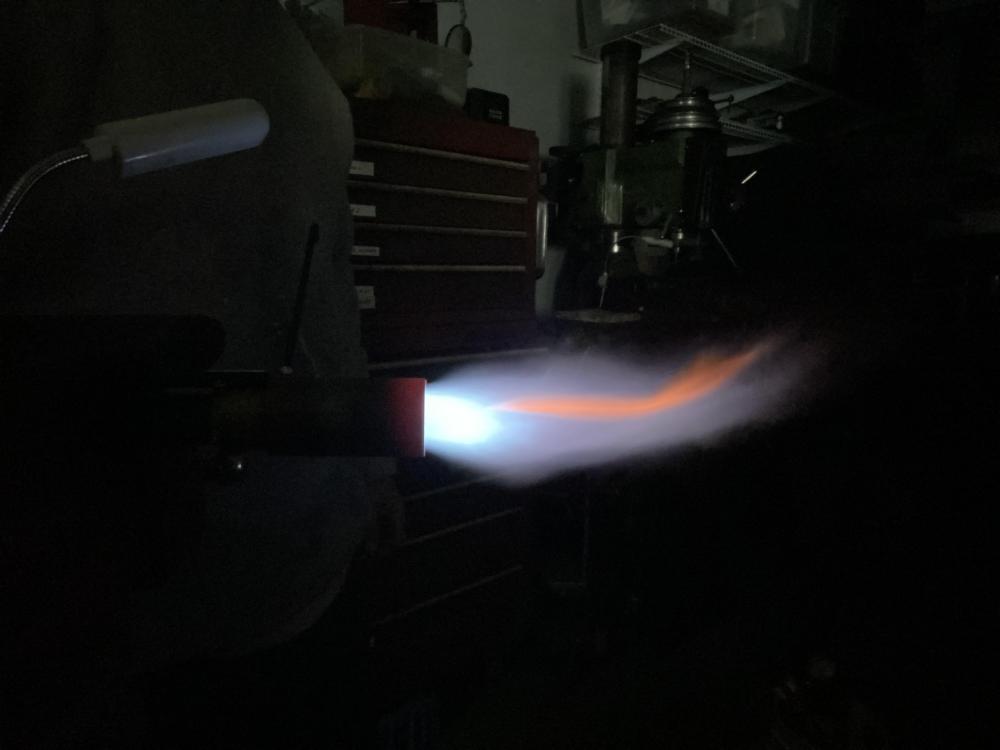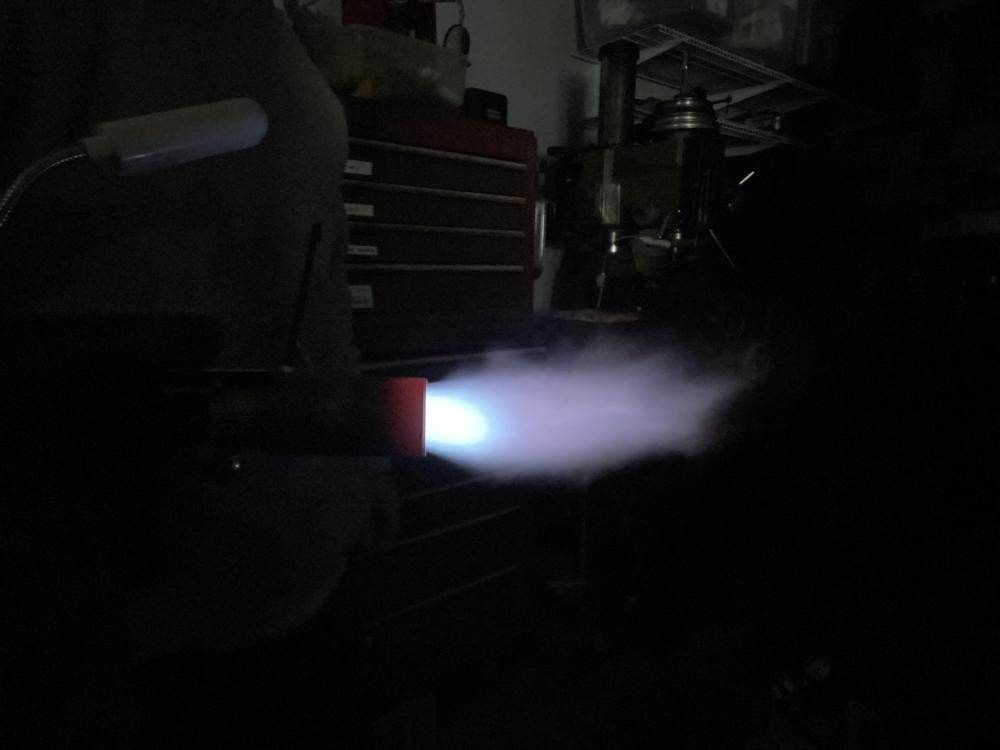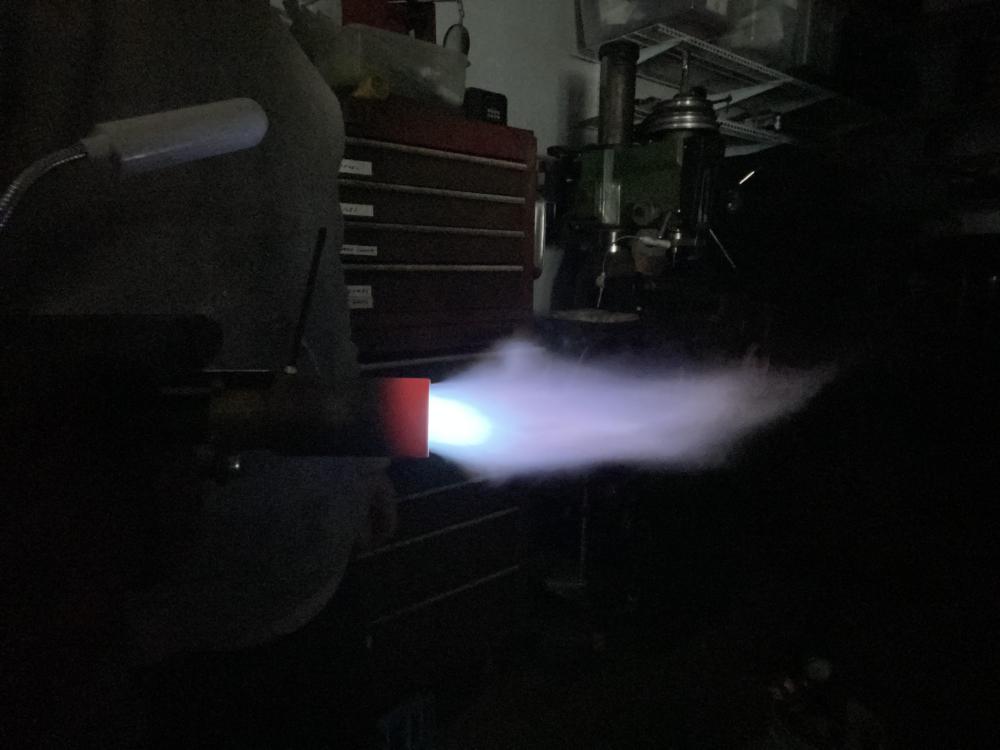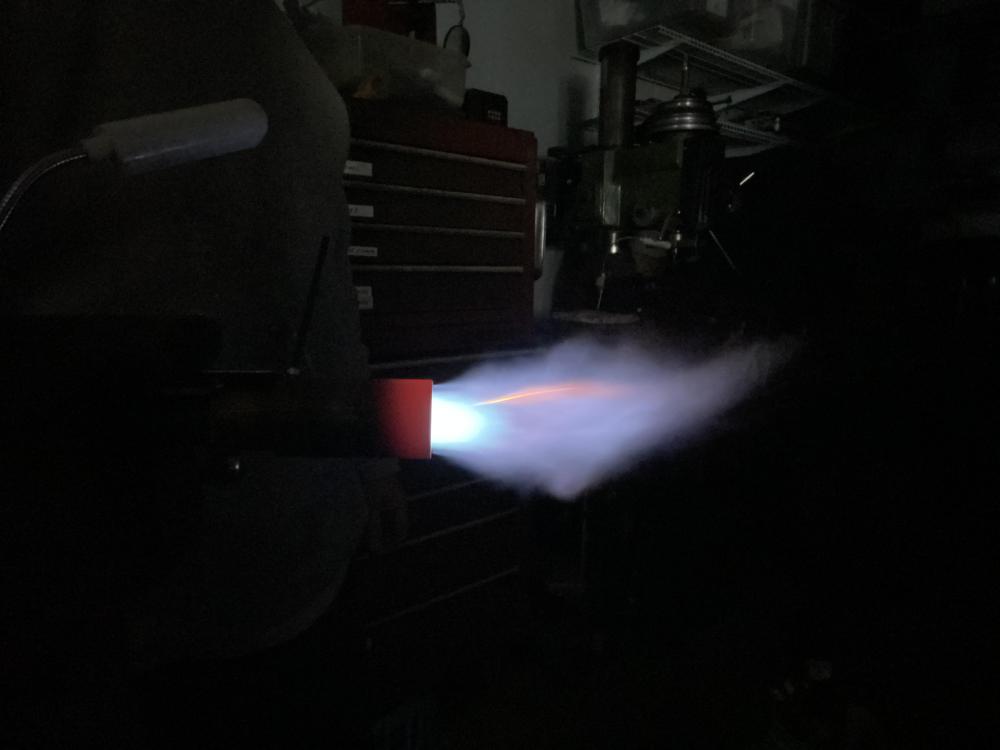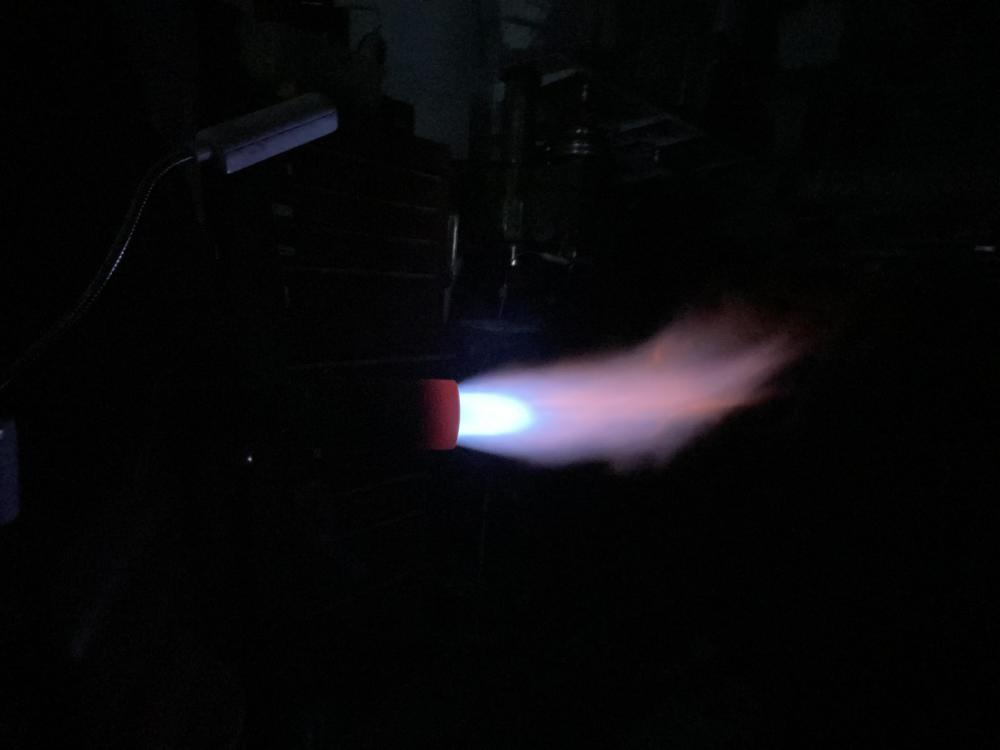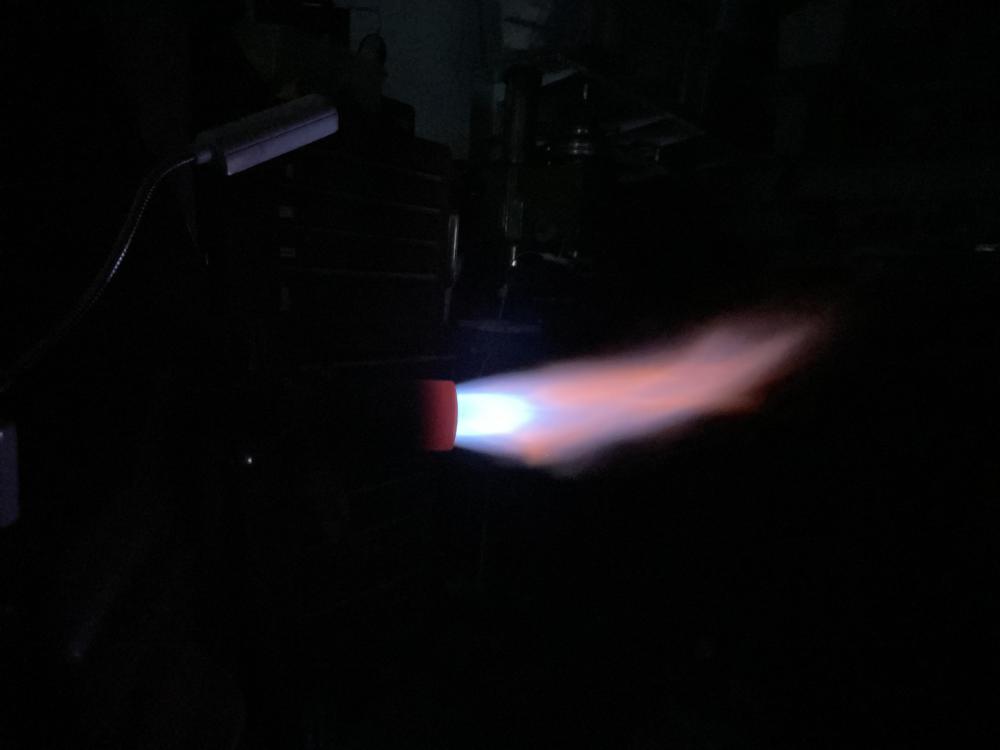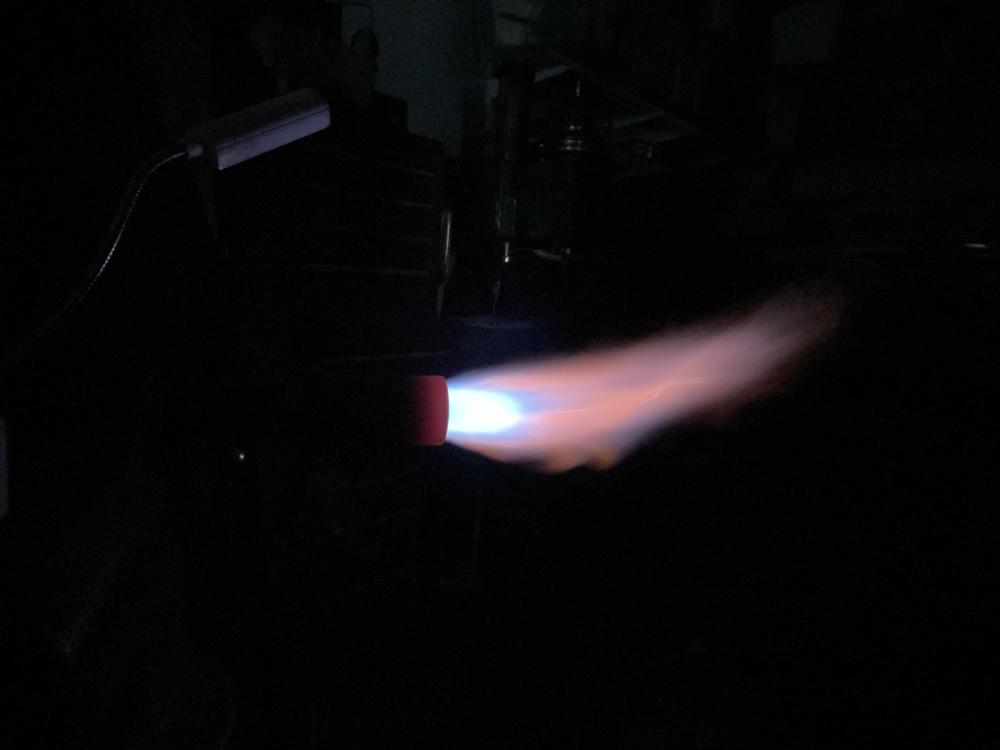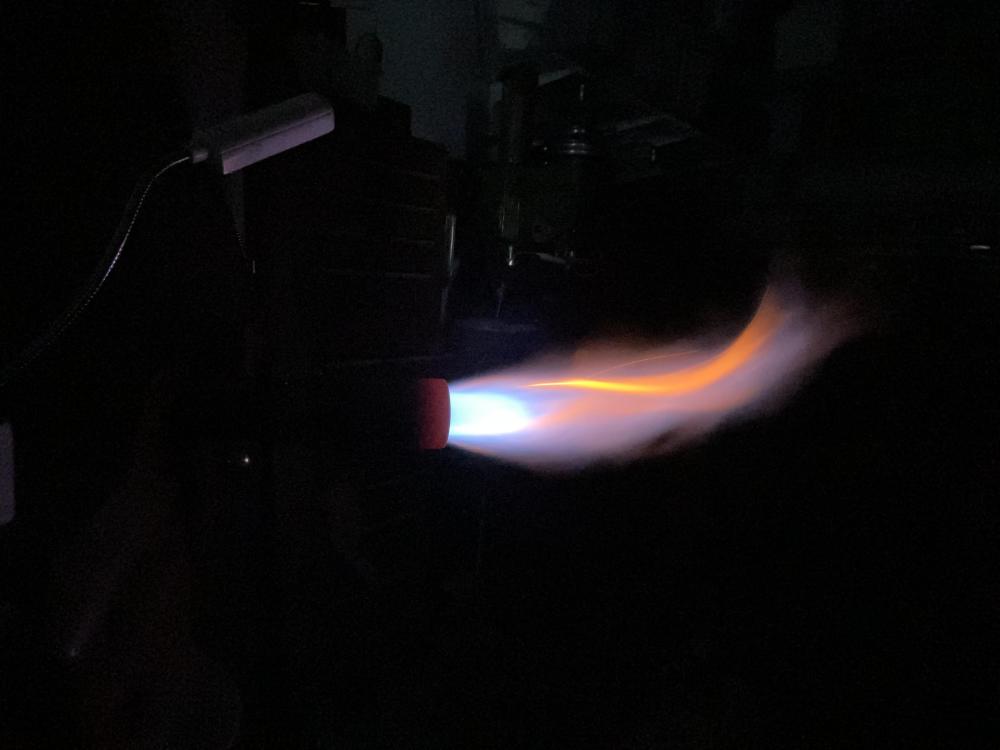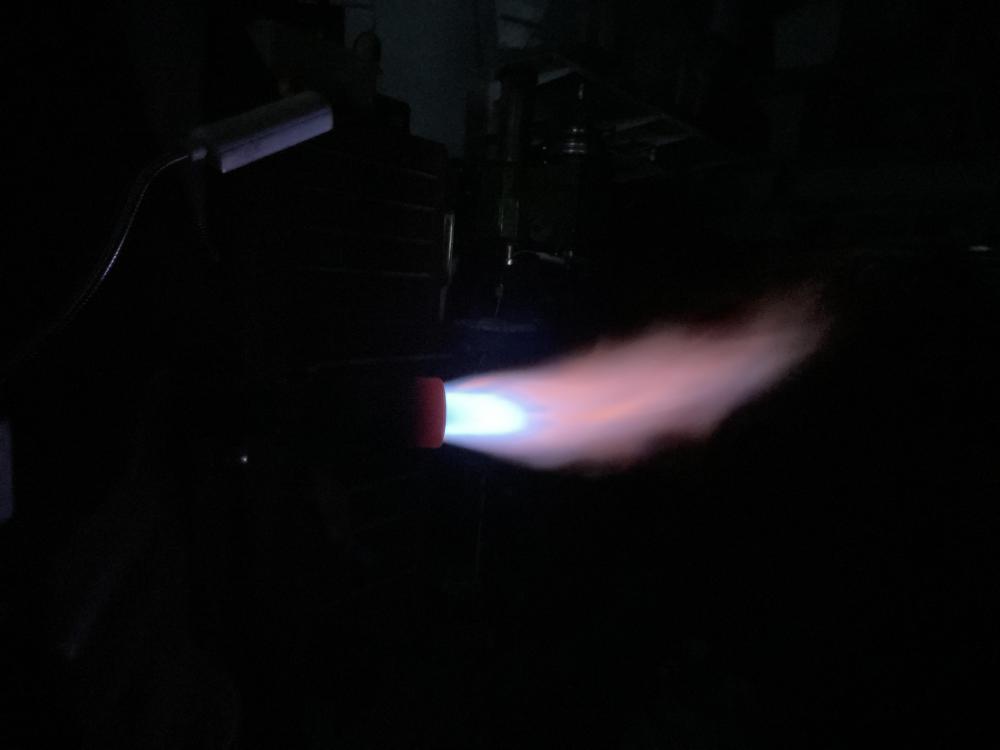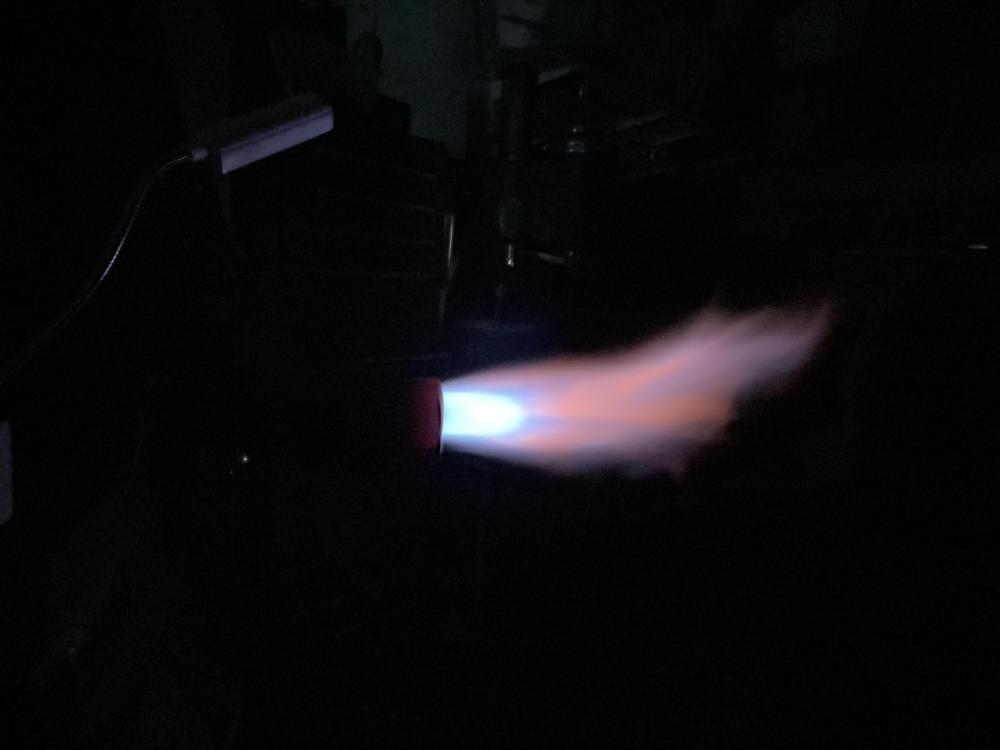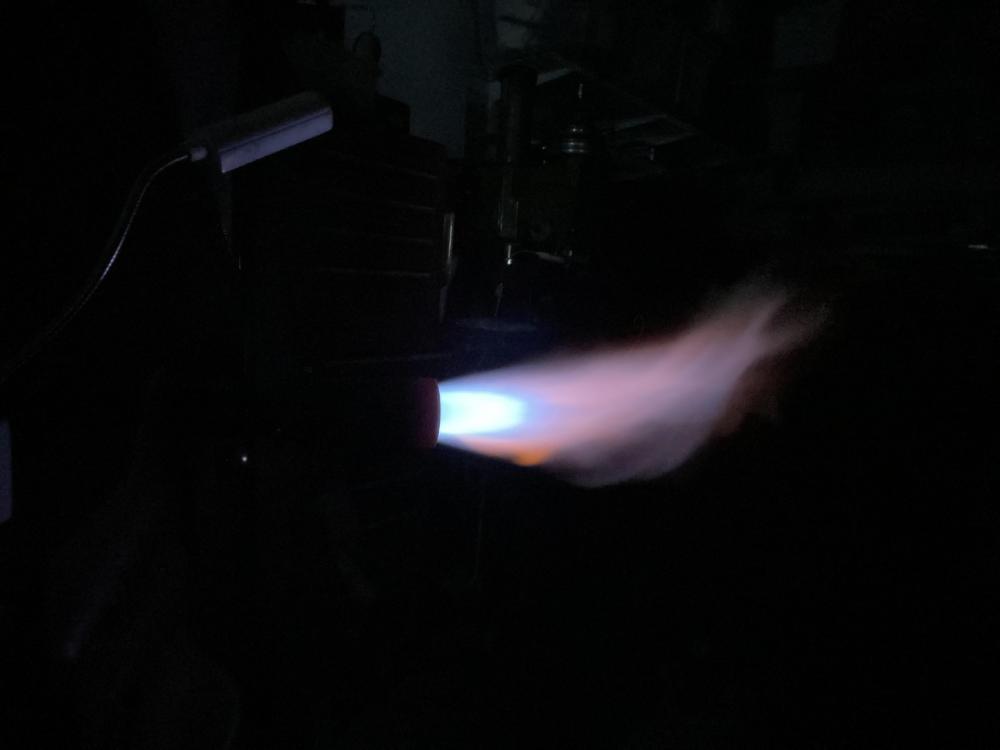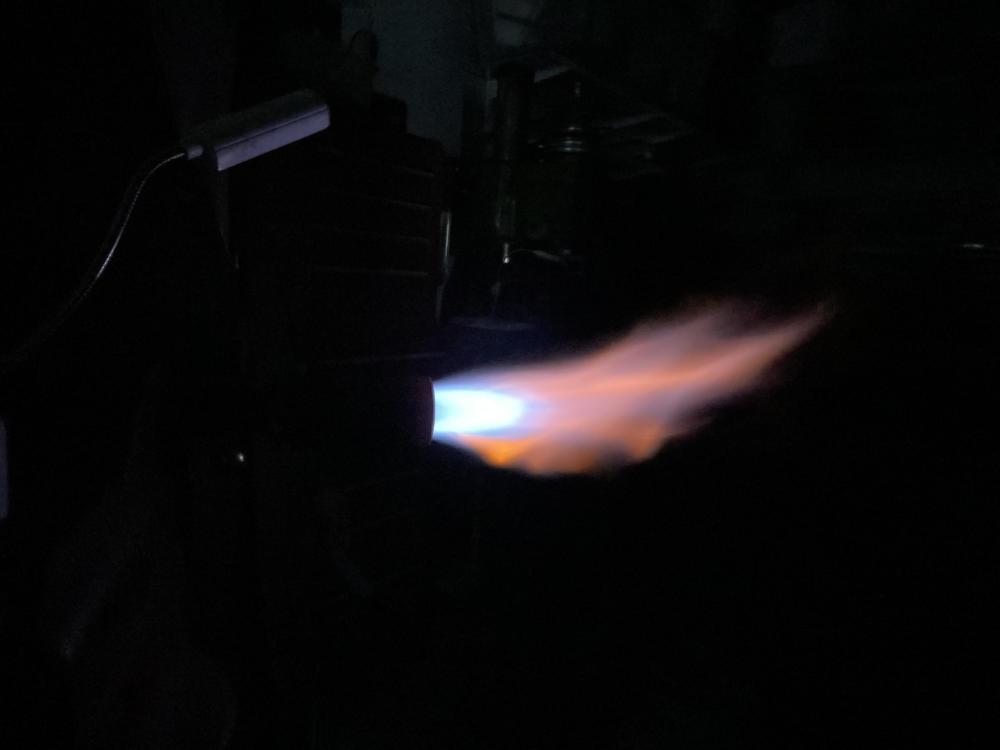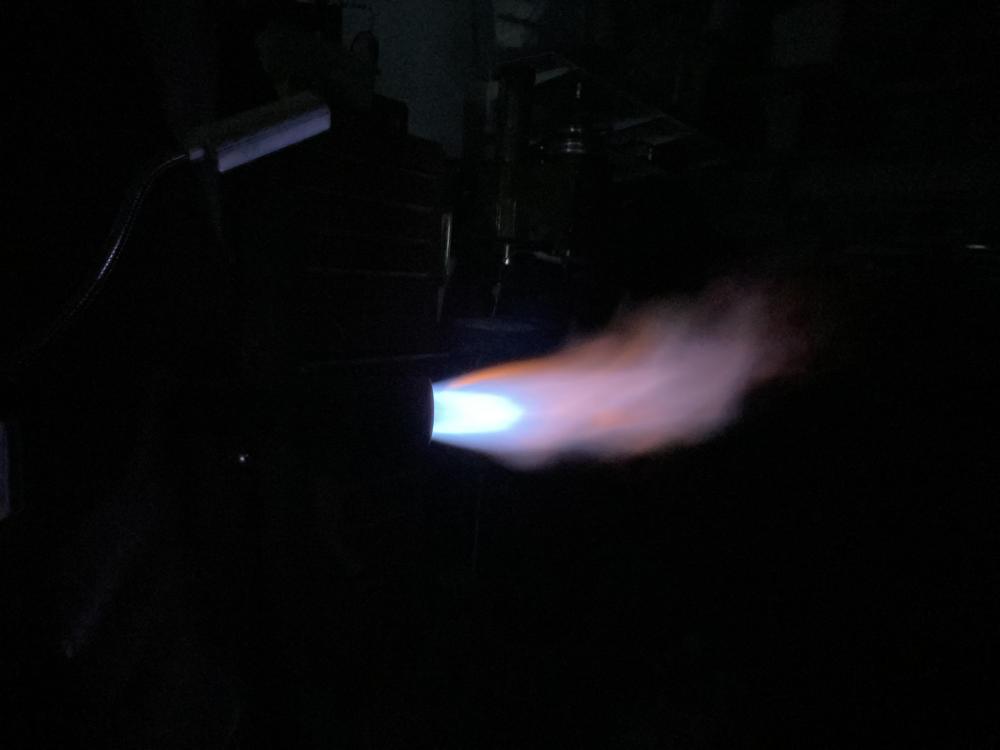
Greg in Maryland
Members-
Posts
49 -
Joined
-
Last visited
Profile Information
-
Location
Maryland
Recent Profile Visitors
163 profile views
-
Copied this from the Pine Ridge Burner website: Does the burner require a blower? Yes. Because the burner's plenum needs to be pressurized in order to have all the orifices burn evenly, you will need a blower. A venturi or "atmospheric" system using only high pressure gas will not work.
-
Frosty, My lack of knowledge begs me to ask: Will it put out the same heat/btu?
-
Is the plan to use Kast-o-lite 30 for the flame face?
-
I like the idea of a ribbon burner. I have a pine ridge burner that I bought a long time ago and never built a forge for it. Maybe now is the time? It is a LPI 190 which is good for 1 cubic foot of area.
-
Mike, I am thinking the “d” shaped forge we discussed earlier. The burner is still up in the air. What process would you recommend to decide on what type of burner to deploy?
-
The burner has 4 air slots that are 5/8 wide. The ribs are approximately 9/16 wide. I induced a light steam of air into the air slot while running the burner and it clearly reduced the unburnt fuel leaving the forge. The temperature was holding steady before inducing the air. The additional air started raising the temperature. How wide would you make the air slots for a first pass. Also - would it be ok to widen only one instead of all 4? It would be more convenient to machine only 1.
-
Thank you for the feedback. I put the .030 tip in and got to welding heat with 12-15 psi. I lost track of time but guess it took about 45 minutes. I think the burner will do better with more air (widening the air slots). Mike - appreciate the continued help. I know the final solution is a newly designed forge and burners. However I am going to play with the hybrid burner for a little while longer. I am going to widen the air slots to accommodate the .030 tip. What’s the worst that can happen
-
I got curious and put the burner in the forge (.023 tip). It seemed to be burn well with very little flame leaving the forge. All your help paid off. You could really see the adjustability of the choke to flame performance. Observation: it took an hour to get to 2000 degrees F @ 30psi. The forge would get to 2200 in 30 minutes with the .035 tip but would be spitting flame out of the door. Question: Would the burner increase heat output if the air openings were widened and a larger tip (.025 or 030) installed?
-
No progress on removing the ball valve. Will try something this week.
-
The ball valve is at the burner end of the line. I will take it out to see what happens.
-
There is an appropriate regulator and ball valve. No needle valve. Sequence: 1.5 inch overhang with .060 movements to lengthen the overhang.
-
Interesting you say that. Early on it appeared the burner produced less tertiary flame with more overhang.
-
.023 tip flush with the forward air slots at 15psi. Sequence: 1.5” overhang then .06 increments. Flame went out after the last photo.
-
No progress - work has gotten in the way. Plan on doing some testing by Saturday. Appreciate your help.
-
Neil, Appreciate the feedback. I have to admit, prior to “playing around “ with the burner outside the forge, I had no idea what a good/perfect flame should look like. I like to tinker so it all goes into my experience bucket. I’m sure I be asking for advice when it goes into the forge. Until then, Greg

